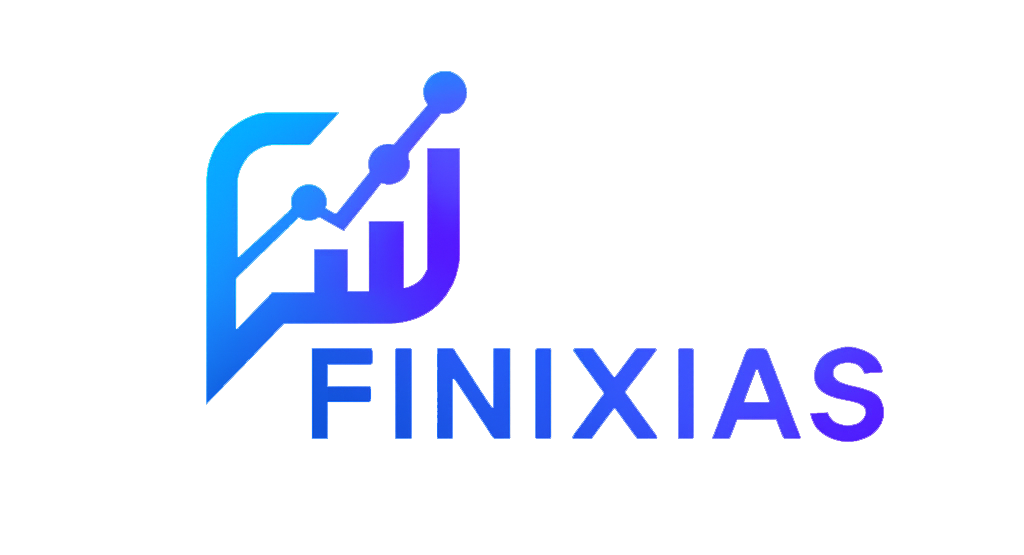Ethereum: Entering a New Bull Cycle?
As the crypto market regains momentum, Ethereum (ETH), the world’s second-largest digital asset by market capitalization, is back in the spotlight. With its successful transition to Proof-of-Stake (PoS) and the rapid rise of Layer 2 solutions, Ethereum appears well-positioned to lead the next leg of market growth. But how solid is this momentum—and what should investors really expect?
Institutional Capital is Fueling the Rally
One of Ethereum’s strongest recent catalysts has been the steady influx of institutional investment. The growing adoption of spot ETFs allows traditional financial players—funds, banks, corporations—to gain exposure to ETH without having to manage private wallets or blockchain infrastructure.
As of Q3 2025, Ethereum ETFs reportedly manage over $28 billion in assets, even surpassing Bitcoin ETFs in some markets. Several companies have also begun adding ETH directly to their balance sheets, seeing it as a long-term diversification tool and hedge within the crypto sector.
Staking Brings Yield to Long-Term Holders
Ethereum’s move to PoS has introduced staking, allowing investors to lock up their ETH and earn passive income, with annual yields ranging between 3.8% and 5.5%. This feature adds a new layer of utility for long-term holders, especially those seeking a combination of yield and capital appreciation.
A Core Infrastructure for Web3
Ethereum is far more than just a digital currency. It serves as the backbone for a vast ecosystem that powers decentralized finance (DeFi), non-fungible tokens (NFTs), and decentralized applications (dApps). With over $220 billion in total value locked (TVL), it remains a dominant player in Web3.
The growing adoption of Layer 2 solutions—such as Arbitrum, Optimism, and zk-rollups—further enhances Ethereum’s performance. These technologies dramatically reduce transaction costs and improve scalability, helping Ethereum remain accessible and competitive as user adoption expands.
Key Price Levels to Watch
From a technical perspective, Ethereum is approaching a pivotal price zone. The $4,000 level acts as a strong support, while $4,500 is a critical resistance. A clean breakout above that threshold, supported by strong volume, could set the stage for a new rally targeting $7,000 to $10,000 by the end of 2025.
On the flip side, a rejection near resistance may lead to prolonged consolidation or a possible correction back to $3,700, especially if broader market sentiment weakens.
Strong Fundamentals, but Risks Remain
Ethereum’s bullish case is backed by fundamentals: consistent institutional inflows, a leading role in DeFi and NFTs, yield opportunities through staking, and a robust roadmap for scaling.
However, risks shouldn’t be overlooked. Issues around governance and smart contract centralization could pose challenges. Potential vulnerabilities in smart contract deployment or Layer 2 execution also carry technical risk. On the macro side, high interest rates and cautious investor sentiment could reduce appetite for risk assets. Additionally, competition from other blockchains—like Solana, Avalanche, and emerging Layer 2s—continues to intensify.
Ultimately, Ethereum offers strong potential, but a tactical approach is key.
Ethereum is showing promising signs of entering a new bull phase, driven by institutional adoption, staking incentives, and strong network fundamentals. Yet, as always in crypto, caution and discipline are essential.
For new investors, staking offers a passive way to participate in the network while smoothing out volatility. For more experienced players, Ethereum presents a strategic opportunity—but only with close attention to technical signals, macro conditions, and ecosystem developments.
In short, Ethereum remains a cornerstone of the crypto landscape. If momentum continues and key price levels are breached, ETH could once again become a primary driver of the market’s next major uptrend.

